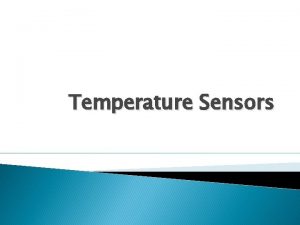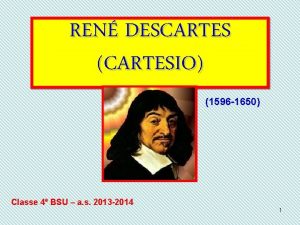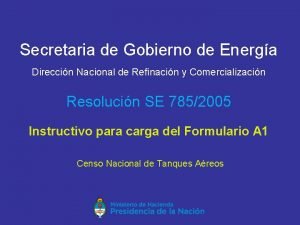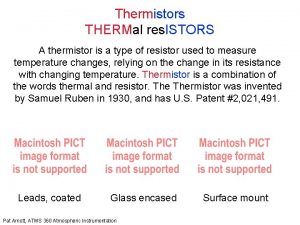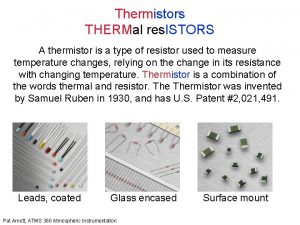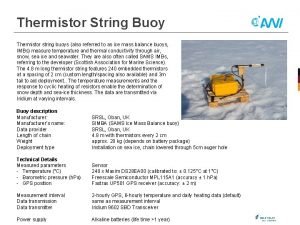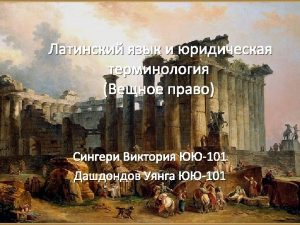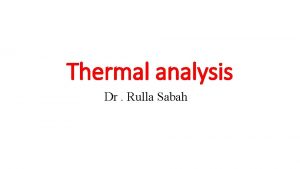Thermistors THERMal res ISTORS A thermistor is a








- Slides: 8

Thermistors THERMal res. ISTORS A thermistor is a type of resistor used to measure temperature changes, relying on the change in its resistance with changing temperature. Thermistor is a combination of the words thermal and resistor. Thermistor was invented by Samuel Ruben in 1930, and has U. S. Patent #2, 021, 491. Leads, coated Glass encased Pat Arnott, ATMS 360 Atmospheric Instrumentation Surface mount

Thermistors THERMal res. ISTORS Thermistors are made of semiconductor materials (metallic compounds including oxides such as manganese, copper, cobalt, and nickel, as well as single-crystal semiconductors silicon and germanium). Contrast <<--->> Common carbon resistors, made from carbon powder mixed with a phenolic binder glue. Leads, coated Glass encased Pat Arnott, ATMS 360 Atmospheric Instrumentation Surface mount

Thermistors THERMal res. ISTORS Assume a simple linear relationship between resistance and temperature for the following discussion: ΔR = k ΔT where ΔR = change in resistance ΔT = change in temperature k = first-order temperature coefficient of resistance Source: http: //en. wikipedia. org/wiki/Thermistor Pat Arnott, ATMS 360 Atmospheric Instrumentation

Thermistors THERMal res. ISTORS Thermistors can be classified into two types depending on the sign of k. If k is positive, the resistance increases with increasing temperature, and the device is called a positive temperature coefficient (PTC) thermistor, Posistor. If k is negative, the resistance decreases with increasing temperature, and the device is called a negative temperature coefficient (NTC) thermistor. Source: http: //en. wikipedia. org/wiki/Thermistor Pat Arnott, ATMS 360 Atmospheric Instrumentation

Thermistors THERMal res. ISTORS Resistors that are not thermistors are designed to have the smallest possible k, so that their resistance remains almost constant over a wide temperature range. Source: http: //en. wikipedia. org/wiki/Thermistor Pat Arnott, ATMS 360 Atmospheric Instrumentation

Thermistors THERMal res. ISTORS Thermistor-choice is based on the nominal resistance you want at the operating temperature range, on the size, and on the time constant. Time constants are about 5 10 seconds. (Check this out with your thermistor). Source: http: //www. science. uwaterloo. ca/~jddmarti/p 352_w 2007/Thermistor_50 K. pdf Pat Arnott, ATMS 360 Atmospheric Instrumentation

Thermistors THERMal res. ISTORS Source: http: //www. science. uwaterloo. ca/~jddmarti/p 352_w 2007/Thermistor_50 K. pdf Pat Arnott, ATMS 360 Atmospheric Instrumentation

Thermistors THERMal res. ISTORS Example Applications: 1. Temperature measurement. 2. Time delay (self heating from large current ‘opens’ thermistor so it can be used as a slow switch). Heating = i 2 R where R is the resistance and i is the current. 3. Surge suppression when a circuit is first energized. Current needs to flow through thermistor for awhile to heat it so that it ‘opens’, and acts again as a switch. Pat Arnott, ATMS 360 Atmospheric Instrumentation
